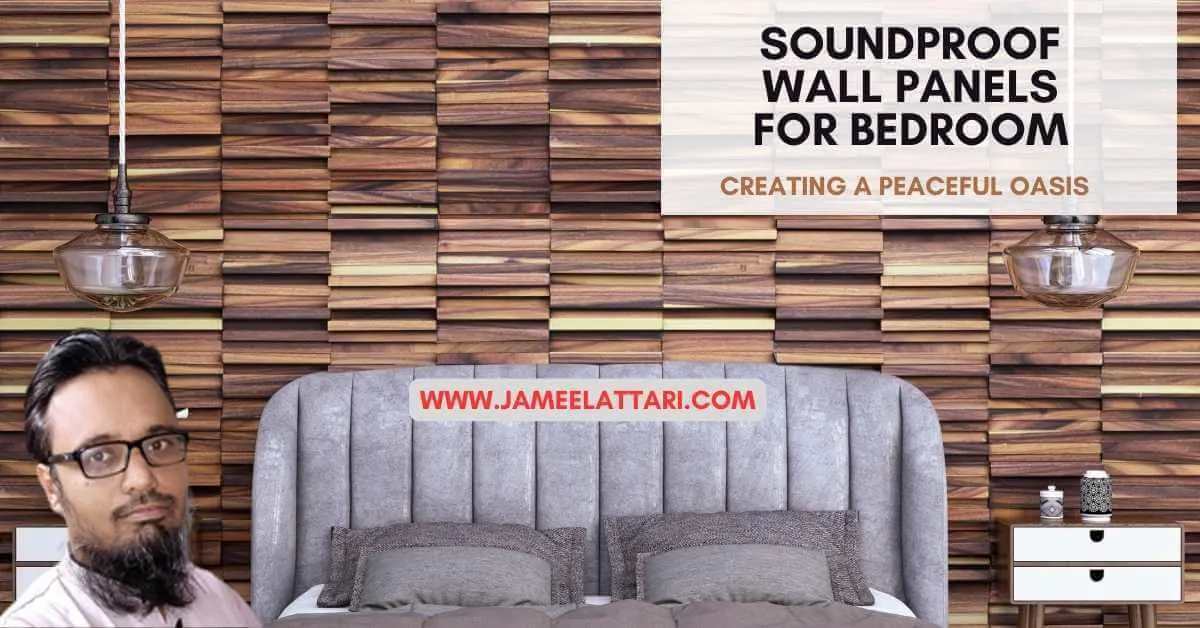Soundproof Wall Panels for Bedroom: Creating a Peaceful Oasis
Discover how to soundproof wall panels for bedrooms can transform your sleep environment. Say goodbye to noise disruptions and hello to a peaceful sanctuary. Enhance your bedroom with these effective panels designed to minimize disturbances and promote restful sleep. Experience the benefits of reduced noise, improved privacy, and aesthetic appeal. Learn about the installation process and maintenance tips for soundproof wall panels, ensuring a seamless and stylish look. Upgrade your bedroom with soundproof wall panels and create the perfect ambiance for a tranquil and rejuvenating sleep experience. Invest in a serene oasis with soundproof wall panels for your bedroom.

The Importance of Soundproof Wall Panels for Bedrooms
When it comes to achieving quality sleep, minimizing noise disturbances is crucial. Soundproof wall panels are specially designed to absorb and block external sounds, providing an effective barrier between you and the noisy world outside. By incorporating soundproof wall panels into your bedroom, you can enjoy the following benefits:
Noise Reduction
Soundproof wall panels significantly reduce the amount of noise that enters your bedroom. They absorb and dampen sound vibrations, minimizing disturbances from traffic, neighbors, or other external sources. With reduced noise, you can experience a quieter and more peaceful sleep environment.
Enhanced Sleep Quality
Uninterrupted sleep is essential for physical and mental well-being. By creating a soundproof barrier, these panels promote deeper and more restful sleep, allowing you to wake up feeling refreshed and energized.
Increased Privacy
Soundproof wall panels not only minimize noise but also provide an additional layer of privacy. They prevent sound from traveling in and out of your bedroom, ensuring conversations and activities remain confidential and undisturbed.
Aesthetic Appeal
Soundproof wall panels come in various designs, textures, and colors, allowing you to choose options that complement your bedroom decor. You can select from a range of styles that suit your personal taste while enhancing the visual appeal of your space.
Check Soundproof Wall Panels
Installation and Maintenance:
Installing soundproof wall panels for your bedroom is a straightforward process that can be accomplished with a few simple steps:
Measure and Plan
Measure the dimensions of your walls and calculate the number of panels required. Consider any outlets, switches, or other obstacles that may require adjustments.
Prepare the Surface
Ensure that the walls are clean, dry, and free from dust or debris. Repair any cracks or imperfections before installing the panels.
Apply Adhesive
Apply a suitable adhesive recommended by the manufacturer to the back of each panel. Press the panels firmly onto the wall, ensuring they are properly aligned.
Secure and Finish
Use finishing nails or screws to secure the panels in place, reinforcing their stability. Fill any gaps or seams with caulk or putty, and paint over them to achieve a seamless and polished look.
Regular maintenance of soundproof wall panels involves simple cleaning with a soft cloth or vacuum to remove any dust or dirt that may accumulate over time.
Conclusion:
Transform your bedroom into a peaceful oasis with soundproof wall panels specifically designed for bedrooms. By reducing noise disturbances and creating a serene sleep environment, these panels can greatly enhance your sleep quality and overall well-being. Invest in soundproof wall panels for your bedroom and embrace the tranquility you deserve. Say goodbye to noisy nights and hello to restful, rejuvenating sleep.


